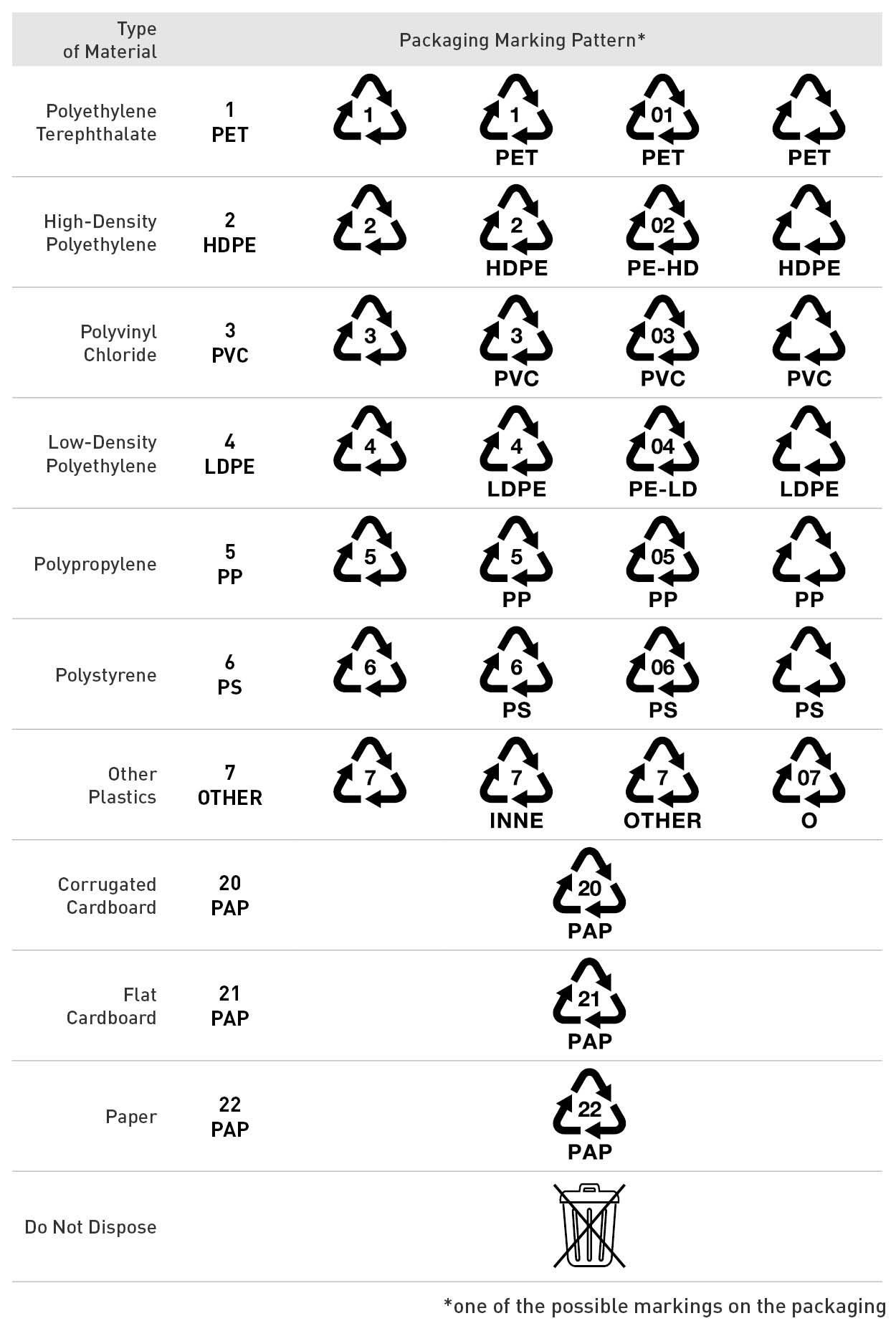Hoegert environmental responsibility
We design and manufacture our tools not only to be efficient but also reliable. We also bear in mind that we are responsible for the environment impact of production and the tools we use.
Hence, curbing the adverse impact on the environment, the planet’s resources and the health of its inhabitants is our priority. We have used and will be using more and more the recycled materials in our products wherever the quality and safety of our products will not be compromised, such as packaging, instructions, housing components, etc.
Moreover, we are responsible for recycling the accessories we collect, which can be dismantled, segregated by materials and recycled into raw materials. This will keep intact the resources of our planet Earth.
Our principles
Join us in caring for the environment
We cooperate with Biosystem Elektrorecykling Organizacja Odzysku Sprzętu Elektrycznego i Elektronicznego SA, which collects waste electrical and electronic equipment across Poland. https://biosystem.pl/biosystem-electrorecykling. Once collected, the accessories are directed to a specialised facility to be recycled. Visit our partner’s website to find out more about how to manage your end-of-life accessories https://biosystem.pl/zaklad-przetwarzania-zseie.
Drop your waste electrical equipment and accessories, as well as packaging, at specially designated locations. This enhances the care for our environment, by recovering raw materials and reusing them.
It is worthwhile to comply with the specific environmental legislation stipulated in the following documents:
- Law of 14 December 2012 on waste.
- Act of 11 September 2015 on waste electrical and electronic equipment.
- Act of 29 August 2014 amending the Batteries and Accumulators Act and certain other acts.
- Act of 13 June 2013 on the management of packaging and packaging waste.
Högert Technik’s electrical and electronic products meet the requirements of the directives and the regulations implementing the directives into national law:
- LVD 2014/35/EU Directive.
- EMC 2014/30/EU Directive.
- ErP 2009/125/EC Directive.
- RoHS 2011/65/EU Directive.
Note!
The legislation in Poland on waste equipment prohibits the placement of equipment, marked with the crossed-out wheeled bin symbol, among household waste. Failure to comply may carry a fine for illegal disposal of electro-waste.
End-of-life equipment, such as electrical accessories, must be delivered to collection points specifically designated for this type of waste (for example, stations provided by municipalities).
Waste equipment can be returned under the exchange system when purchasing new equipment on an ‘old for new’ basis, provided that the equipment returned is of the same category as the newly acquired product. Every shop has to accept your accessories free of charge if you buy new equipment of the same type and intended use from them.
You can leave a small used appliance at a large market without having to buy a new one. Shops with a sales area of at least. 400 m2, must accept, free of charge, on its premises or in their immediate vicinity, waste equipment none of whose external dimensions exceeds 25 cm.
If the equipment repair lacks economic rationale or is unfeasible, the service centre must accept the equipment free of charge.
Electrical accessories and batteries
Waste electrical appliances are a source of valuable materials that can be recovered and reused, thus supporting the recycling process and the circular economy. In compliance with European Directive 2012/19/EU (WEEE), our products:
- are marked with a crossed-out rubbish bin symbol, this communicating that they should not be disposed of with household waste,
- Users of waste equipment are required, at no additional cost, to deliver it to designated public collection points,
- it is necessary to remove the battery from the appliance prior to disposal and deliver it separately to a waste collection point designated for this purpose.
Packaging and instructions
Our product and transport packaging meets the requirements of the EU Packaging and Packaging Waste Directive because:
- are made of recyclable materials,
- do not contain prohibited substances and can be transferred to the national packaging recycling system,
- information on the material used and icons for segregation instructions.
Refer to the signs

